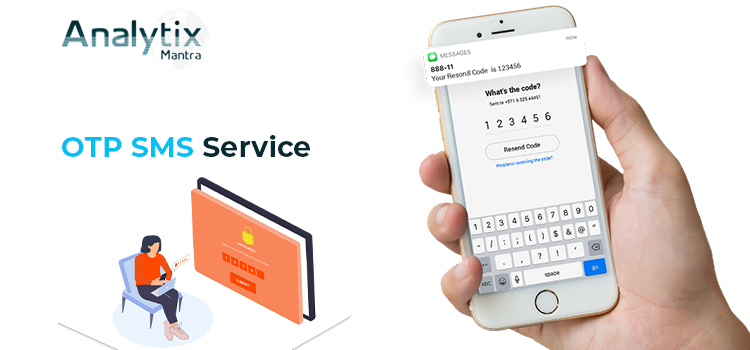In today’s digital landscape, protecting user accounts and sensitive information from unauthorized access is of paramount importance. Multi-factor authentication (MFA) has emerged as a powerful security measure to enhance the authentication process. One key component of MFA is the use of OTP (One-Time Password) SMS service. This article delves into the role of OTP SMS Service in supporting multi-factor authentication, exploring its benefits, implementation best practices, and how it contributes to a robust and secure authentication framework.
Strengthening Security with OTP SMS Service for Multi-Factor Authentication
Understanding Multi-Factor Authentication:
To establish a strong authentication mechanism, it is essential to go beyond traditional username-password combinations. Multi-factor authentication adds an more layer of security by necessary users to provide multiple forms of identification. This typically includes something the user knows (such as a password), something the user possesses (such as a physical token), and something the user is (such as biometrics). OTP SMS service specifically supports the “something the user possesses” factor, providing a unique code that is sent to the user’s mobile device.
The Role of OTP SMS Service in MFA:
OTP SMS service plays a crucial role in the multi-factor authentication process by delivering a temporary, one-time password to the user’s mobile device. When a user attempts to log in or perform a sensitive action, they receive an OTP via SMS. They then enter this code as part of the authentication process, which verifies their possession of the registered mobile device. This additional layer of verification strengthens security and mitigates the risks associated with password theft or brute-force attacks.
Benefits of OTP SMS Service in MFA:
Implementing OTP SMS service for multi-factor authentication brings several key benefits. Firstly, it adds an extra layer of security by requiring both something the user knows (password) and something the user possesses (OTP). Secondly, OTP SMS service is widely accessible as it relies on users’ mobile devices, eliminating the need for additional hardware tokens. Additionally, SMS delivery is relatively fast and reliable, ensuring a seamless user experience.
Best Practices for Implementing OTP SMS Service:
To ensure the effectiveness and security of SMS OTP Service for MFA, organizations should adhere to best practices. These include securely storing user data, implementing rate limiting and throttling mechanisms to prevent abuse, and regularly auditing and monitoring the service for any anomalies. Organizations should also consider implementing backup authentication methods in case SMS delivery fails or users do not have access to their mobile devices.
Addressing Security Concerns:
While OTP SMS service is a widely used method for multi-factor authentication, it is essential to address potential otp sms security concerns. Organizations should be aware of the risks associated with SIM swapping, SMS interception, or phishing attacks. To mitigate these risks, alternative methods such as mobile authentication apps or hardware tokens can be considered. Organizations should also educate users about the importance of securing their mobile devices and not sharing OTP codes with anyone.
Implementing OTP SMS Service in Different Scenarios:
OTP SMS service can be implemented in various scenarios, including account login, transaction verification, password reset, and sensitive action authorization. By incorporating OTP SMS service into these processes, organizations can significantly enhance security and protect user accounts and sensitive data.
Conclusion:
OTP SMS service plays a vital role in supporting multi-factor authentication, providing an additional layer of security to verify users’ possession of their registered mobile devices. By incorporating OTP SMS service into their authentication frameworks, organizations can strengthen security, mitigate the risks of unauthorized access, and protect user accounts and sensitive information. However, organizations should also remain vigilant about potential security concerns and continuously evaluate and enhance their authentication mechanisms to stay ahead of evolving threats.

